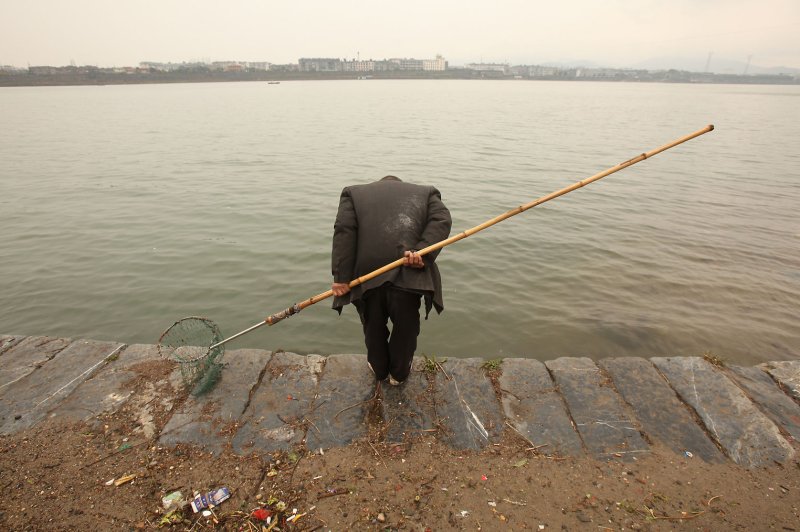A regional lender says a new way of financing low-carbon and sustainable development in the emerging Asian economies is necessary. UPI/Stephen Shaver |
License Photo
Aug. 29 (UPI) -- A new way to finance the shift to low-carbon and sustainable development is necessary to support the rapid change in Asian economies, a regional lender said.
The Asian Development Bank called for a so-called Green Finance Catalyzing Facility, which would be different from a fund in that it would include a blend of financing from the private sector. The bank, which has its headquarters in Manila, said mobilizing new capital streams from the private sector could be used to offset some of the risks from other types of financing,
"The private sector, regarded as a critical contributor to meeting the region's development financing needs, would have to contribute over 50 percent of required green investments in many countries," the bank said.
The ADB said its call for a new financing mechanism comes as its member states face a persistent shortfall in investments. By the bank's estimates, member states are short by more than $1.7 trillion annually when considering costs associated with climate change mitigation.
With many of the low-lying Pacific Islands facing the earliest risks from the impacts of climate change, the ADB found that, if left unchecked, climate change could lead to the loss of about $52 billion per year for regional economies.
Earlier this month, the ADB and the Green Climate Fund signed an agreement that gave the development bank access to the climate funds. Established in 1966, the ADB aims to reduce poverty in the Asia-Pacific region and stimulate sustainable economic growth. The climate fund was set up in 2010 in order to steer finances toward development that would limit regional greenhouse gas emissions.
With rising protectionism from advanced economies like the United States, the economies in the Asia-Pacific are expected to take up the mantle as a means to buffer against the impacts of global policy shifts.
"A paradigm shift in infrastructure planning and design is an imperative for dynamically changing Asia," Bambang Susantono, an ADB vice president for sustainable development, said in a statement. "The choice that Asia makes in bridging infrastructure gaps will have profound implications for its people and the planet."















